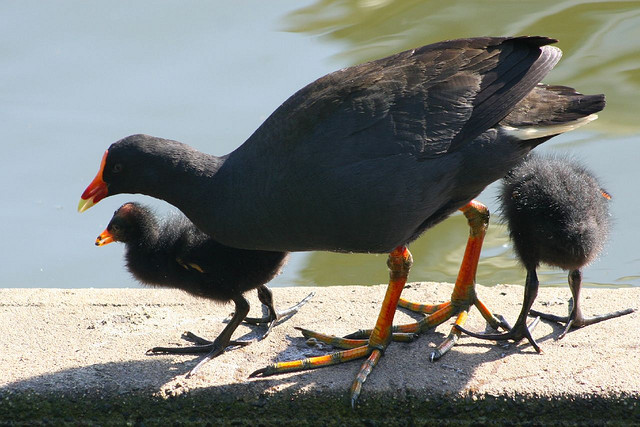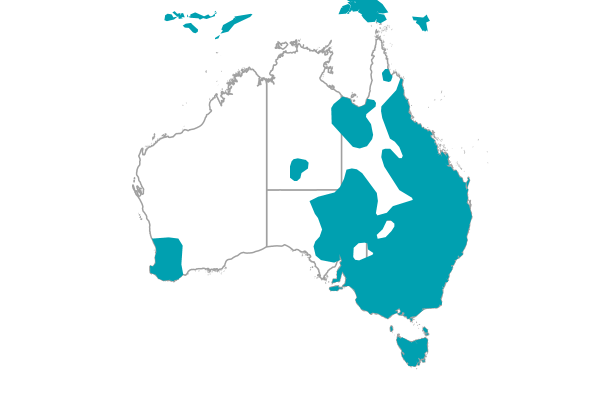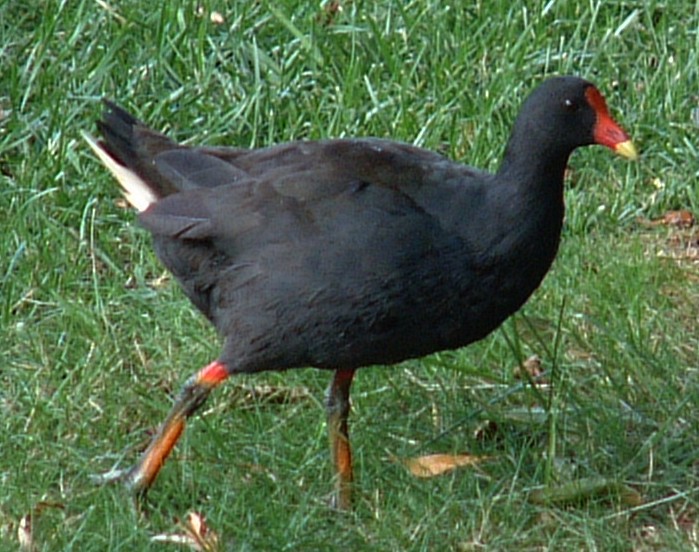Behaviour
Call
Shrill ‘”cheeah”, nasal “tuk, tuk”, low honking.
Diet
Feeds in water and on land, algae, water grasses, seeds, fruits, molluscs and other invertebrates. Will upend in water when feeding but does not dive.
Breeding
Builds nest amongst reeds or on floating platforms in open water
Field Guide
Improve your identification skills. Download your Dusky Moorhen field guide here!





